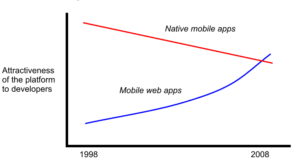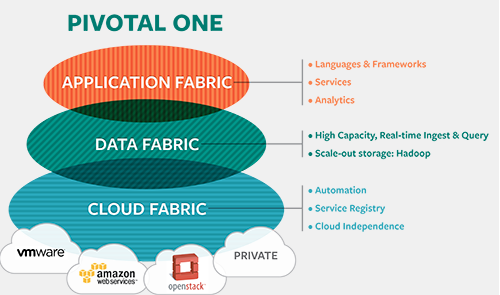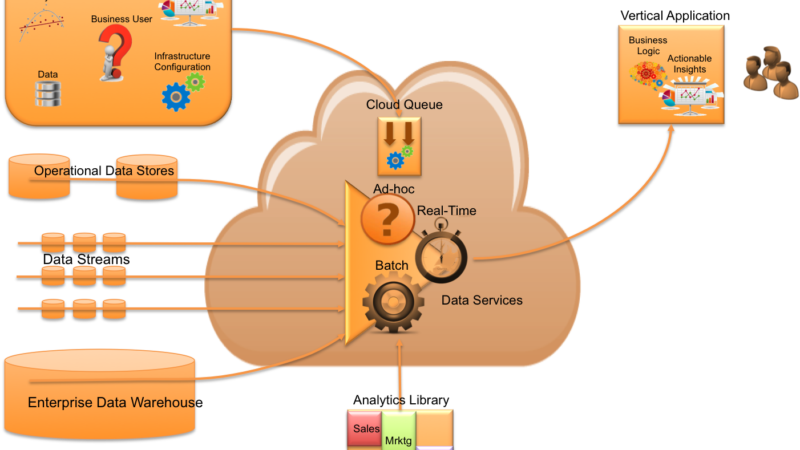The battle of the business model – Mobile cloud web apps or native handset apps?
 I spoke on a panel today covering “The Futures of Mobile Clouds” and one of the topics discussed was around the battle of the business model – Will we see more cloud web apps or native handset apps in mobile?
I spoke on a panel today covering “The Futures of Mobile Clouds” and one of the topics discussed was around the battle of the business model – Will we see more cloud web apps or native handset apps in mobile?
It’s amazing, generally, how many applications we are seeing on the mobile phone. It’s becoming the “swiss army knife” of applications – both personal and business.
When it comes to understanding the mobile application development development environment, it’s best to first start by quickly defining the two: 1) Native apps, and 2) Web apps.
Native apps are what we have now on the app stores (Microsoft’s recently launched WP7 Market Place with 8,000 apps, Apple’s with 360,000, and Google’s with 150,000), and are what is known to a lot of people as ‘thick client’. They involve larger downloads, run largely on the handset/device and don’t rely on making a lot of calls to the web/online if at all. Thick clients tend to suit processor heavy stuff like games that need to run resident on the handset.
Thin client apps, or ‘web apps’ as they are known are pretty much all running in the browser which means you get a reasonably good experience but they are often slower and don’t tie in with the handset as much for things like billing as they don’t make API calls. The advantage of a web app is that it utilises the marketing power of apps and app stores but it requires less development, can be developed using web technology and it will not need updates etc.
This is not an “either or” but rather “it depends on the application”. However, generally, we’re seeing a rise in mobile web apps and a decline in native apps.
For example, social gaming applications, geared for mass consumer markets, can easily be deployed as a web-application. However, a mobile m-payment application with significant security constraints / requirements will most likely involve a native app. One might guess that there are more social / gaming applications being developed these days.
Then there’s the angle of what’s more efficient for the application developer? Incredibly prohibitive cost of developing native apps is a barrier to many, coupled with the fact that plenty of things will run native in a browser, especially ones that are offering richer HTML5 based experiences which will be the case for most smartphones entering the market.
Take a look at technologies like Game Closure (a product of a couple of Stanford PhDs) which allows mobile gaming application developers the ability to create HTML5 games once in a single game development console, and then deploy them to iPhone, Android, and the Web across platforms automatically. It automatically produces a native application for Non-browser devices like mobile phones and tablets. It’s technologies like this that increase the development of mobile web apps (games), while maintaining a declining native app market.
Based on the announcement made by Nokia and Microsoft at the Mobile World Congress 2011, it’s clear that Nokia and Microsoft are trying to position themselves as the third major eco-system, with the others being Apple’s iOS and Google’s Android communities. (Nokia announced that Nokia will be adopting Microsoft Windows Phone 7 (WP7) Operating System for its Smartphones, effectively killing SymbianNokia’s Ovi would be rolled into Microsoft’s WP7 Marketplace, and various other consolidations will take place between the two companies.) That generally leaves only three development platforms for native apps (WP7, IOS, and Android).
However, when it comes to native apps, you still have the burden of developing across many handsets. For example, Android is now supported by 27 device manufacturers who have released 170 different models so far, and available with 169 operators in 69 countries. Android is currently activating 350,000 new phones per day, which is 127 million annual rate!….that’s a great market opportunity. But which device manufacture and which model? Wouldn’t it be ideal if you simply had a device-agnostic application which not only deployed across ANY mobile handset, but also any tablet and any PC/MAC browser?
Don’t believe me?…here’s another great review of the web app versus native app, by Michael Mace.




